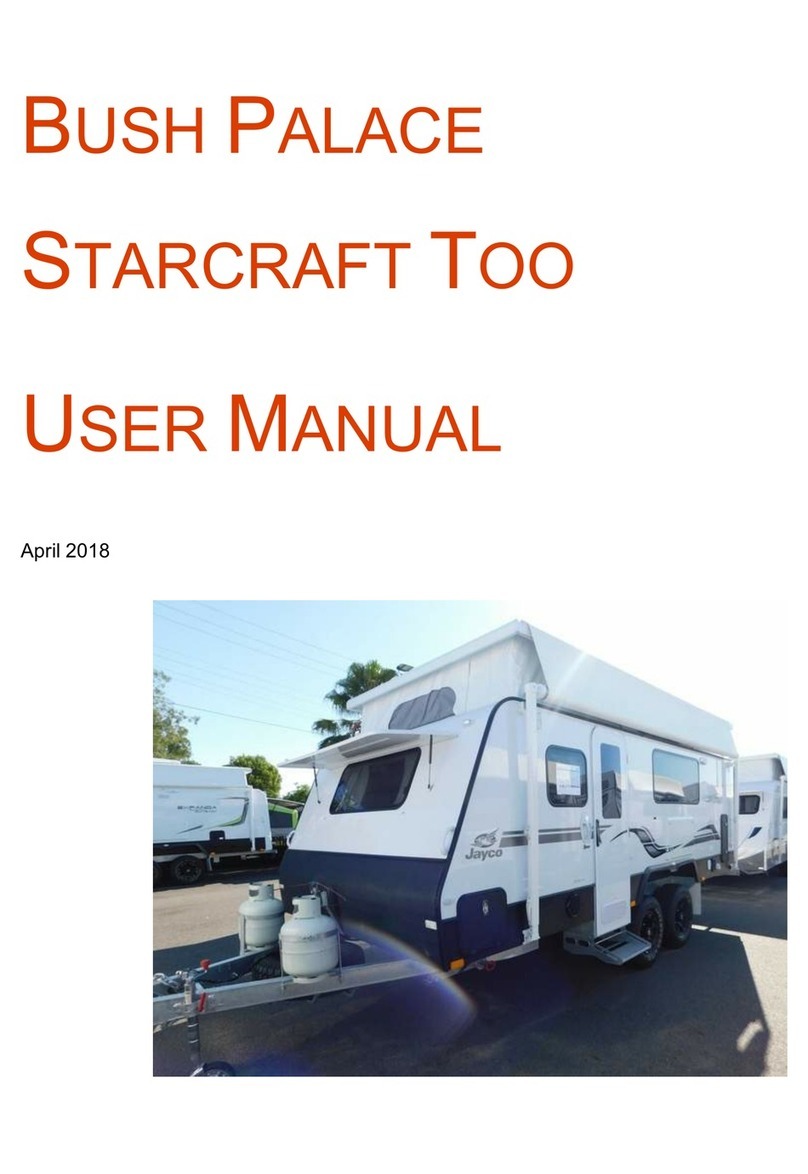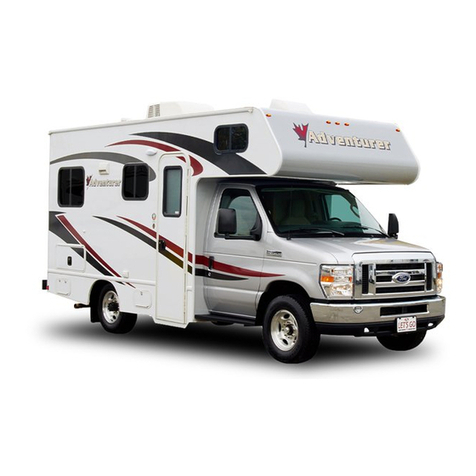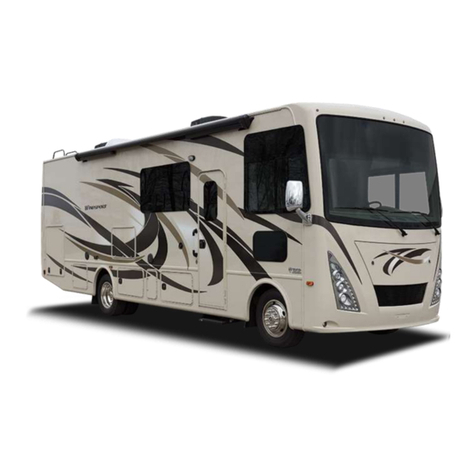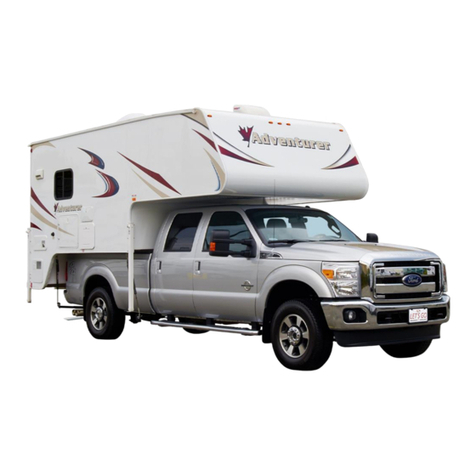Page | 1
CANADIAN TRAFFIC RULES AND ROAD SIGNS.............................................................................. 2
TRAFFIC RULES..................................................................................................................................................................... 2
ROAD SIGNS ........................................................................................................................................................................ 4
CABIN......................................................................................................................................... 5
IGNITION SWITCH ................................................................................................................................................................. 5
AUTOMATIC TRANSMISSION ................................................................................................................................................... 5
TOW/HAUL (OVERDRIVE OFF).......................................................................................................................................... 5
DIESEL ENGINE BRAKE ........................................................................................................................................................... 5
CRUISE CONTROL.................................................................................................................................................................. 5
EMERGENCY BRAKE &BATTERY BOOST SWITCH ......................................................................................................................... 6
LIGHTS................................................................................................................................................................................ 6
FOUR-WHEEL DRIVE ............................................................................................................................................................. 6
BOARD COMPUTER ............................................................................................................................................................... 7
VEHICLE CARE AND MAINTENANCE............................................................................................. 7
FUEL .................................................................................................................................................................................. 7
ENGINE OIL ......................................................................................................................................................................... 8
TIRES ................................................................................................................................................................................ 8
VEHICLE SPECIFICATIONS ............................................................................................................ 9
EXTERNAL VIEW.........................................................................................................................10
AWNING........................................................................................................................................................................... 11
ELECTRICAL SYSTEM ............................................................................................................................................................ 11
INTERIOR CONTROL PANEL ................................................................................................................................................... 13
PROPANE BOTTLES.............................................................................................................................................................. 13
WATER SYSTEM ................................................................................................................................................................. 14
TOILET.............................................................................................................................................................................. 16
WASTEWATER.................................................................................................................................................................... 17
HEATING........................................................................................................................................................................... 18
COOKING AREA .................................................................................................................................................................. 18
FRIDGE ............................................................................................................................................................................. 19
DINETTE TABLE/BED COMBINATION....................................................................................................................................... 21
SAFETY EQUIPMENT ..................................................................................................................21
SMOKE DETECTOR/CARBON MONOXIDE ALARM ...................................................................................................................... 22
FIRE EXTINGUISHER............................................................................................................................................................. 22
PROPANE DETECTOR/ALARM................................................................................................................................................ 22
RETURNING THE VEHICLE...........................................................................................................23
































